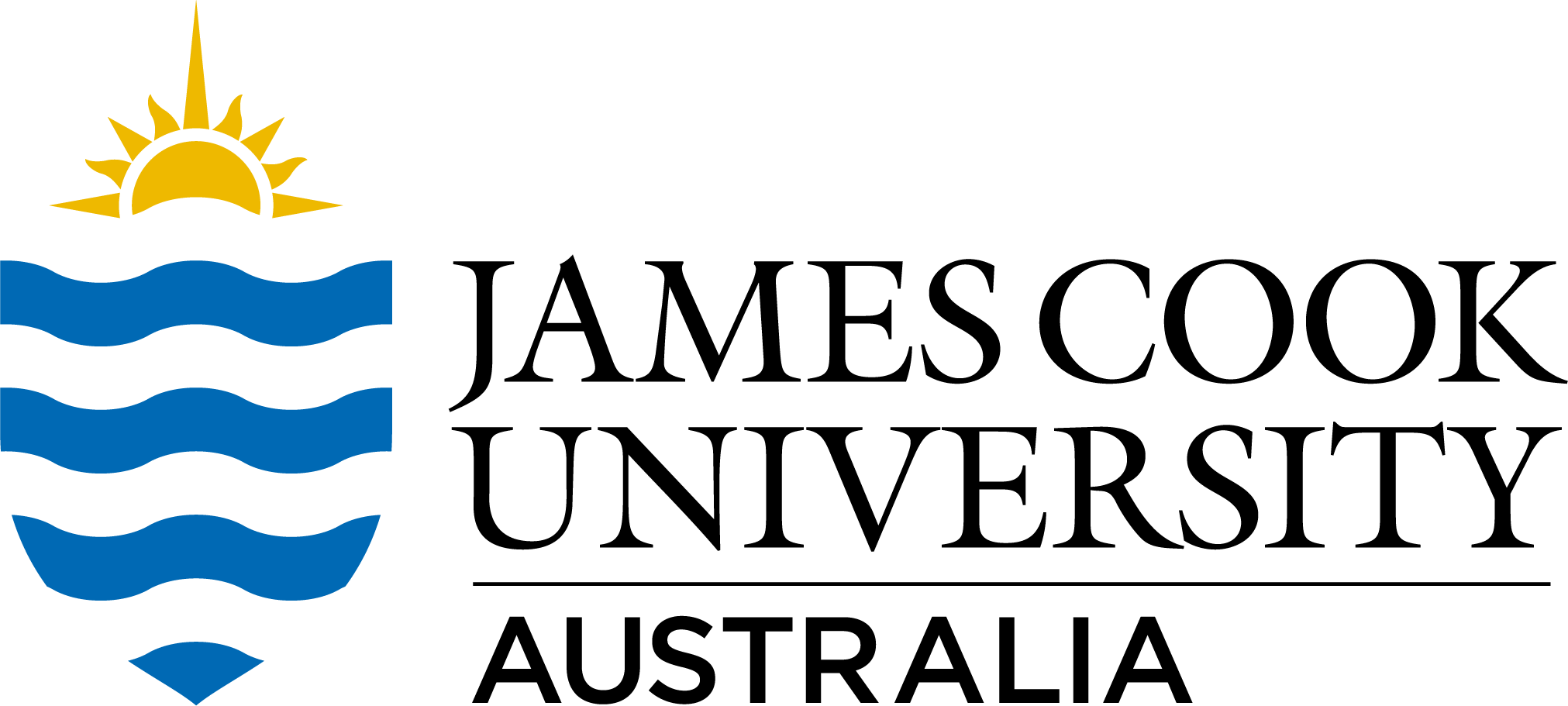Full description
Coral metagenome for study on changes in coral associated microbial populations associated with reef fish territories from the National Center for Biotechnology Information (NCBI) BioProject number PRJNA248936. Submitted by James Cook University, ARC Centre of Excellence for Coral Reef Studies, ARC Grant ID CE0561435.
Abstract [Related Publication]: Microbial community structure on coral reefs is strongly influenced by coral–algae interactions; however, the extent to which this influence is mediated by fishes is unknown. By excluding fleshy macroalgae, cultivating palatable filamentous algae and engaging in frequent aggression to protect resources, territorial damselfish (f. Pomacentridae), such as Stegastes, mediate macro-benthic dynamics on coral reefs and may significantly influence microbial communities. To elucidate how Stegastes apicalis and Stegastes nigricans may alter benthic microbial assemblages and coral health, we determined the benthic community composition (epilithic algal matrix and prokaryotes) and coral disease prevalence inside and outside of damselfish territories in the Great Barrier Reef, Australia. 16S rDNA sequencing revealed distinct bacterial communities associated with turf algae and a two to three times greater relative abundance of phylotypes with high sequence similarity to potential coral pathogens inside Stegastes's territories. These potentially pathogenic phylotypes (totalling 30.04% of the community) were found to have high sequence similarity to those amplified from black band disease (BBD) and disease affected corals worldwide. Disease surveys further revealed a significantly higher occurrence of BBD inside S. nigricans's territories. These findings demonstrate the first link between fish behaviour, reservoirs of potential coral disease pathogens and the prevalence of coral disease.
Design [SRA Experiment]: To determine the impact of territorial damselfish on microbial communities, we examined the bacterial composition of the EAM inside and outside damselfish territories. In the field, ten 50 mL EAM samples were collected from control plots outside of Stegastes’ territories, inside S. apicalis’ territories and inside S. nigricans’ territories. For the collections from S. apicalis’ and S. nigricans’ territories, samples were taken across two damselfish colonies, and each sample came from a different damselfish territory. Samples were immediately snap-frozen in liquid nitrogen, stored at -80C [39] and transported to James Cook University (JCU) for processing and DNA extractions. Samples were homogenized under liquid nitrogen, DNA was isolated using a PowerPlant DNA Isolation Kit (MO BIO Laboratories, Carlsbad, CA, USA) following the manufacturer’s instructions and DNA quality was checked using a nanodrop. 27f and 519r univeral reverse primers and the V1-V3 region of the 16S gene were used for amplification with a single-step 30 cycle PCR using a HotStarTaq Plus Master Mix Kit (Qiagen, Valencia, CA, USA). MR DNA, a next generation sequencing and bioinformatics provider (Shallowater, TX, USA), performed the PCR (under the following conditions: 94C for 3 minutes, 28 cycles of 94C for 30 seconds, 53C for 40 seconds and 72C for 1 minute; 72C for 5 minutes). All amplicon products were mixed in equal concentrations and purified using Agencourt ampure beads (Agencourt Bioscience Corporation, MA, USA) and sequenced with Roche 454 FLX titanium instruments and reagents according to manufacturer’s guidelines.
Created: 2014-05-30
User Contributed Tags
Login to tag this record with meaningful keywords to make it easier to discover
- Local : researchdata.jcu.edu.au//published/944ef66e3587c55c66879146d7d00ca8
- Local : e90bd17de0a434aa5b1160d55f2f1331


